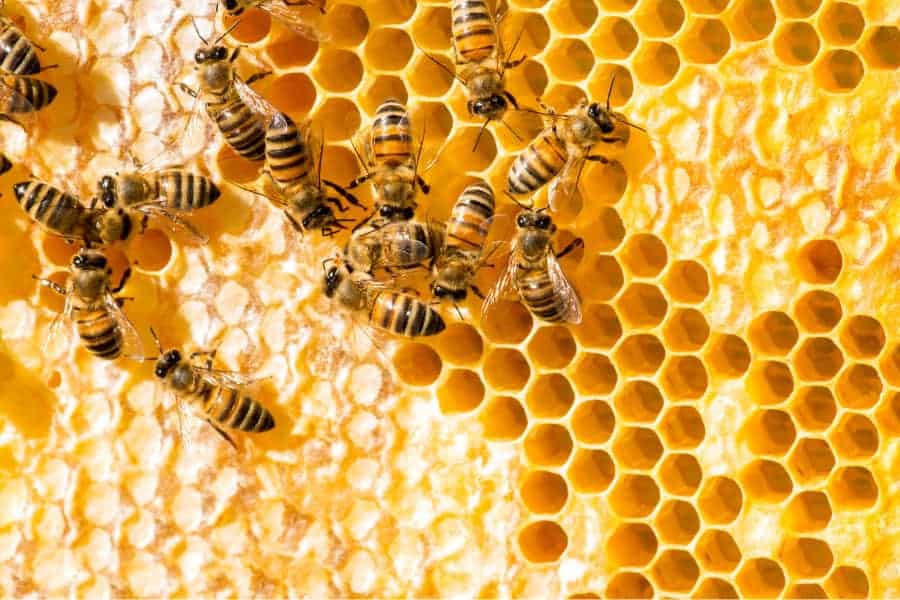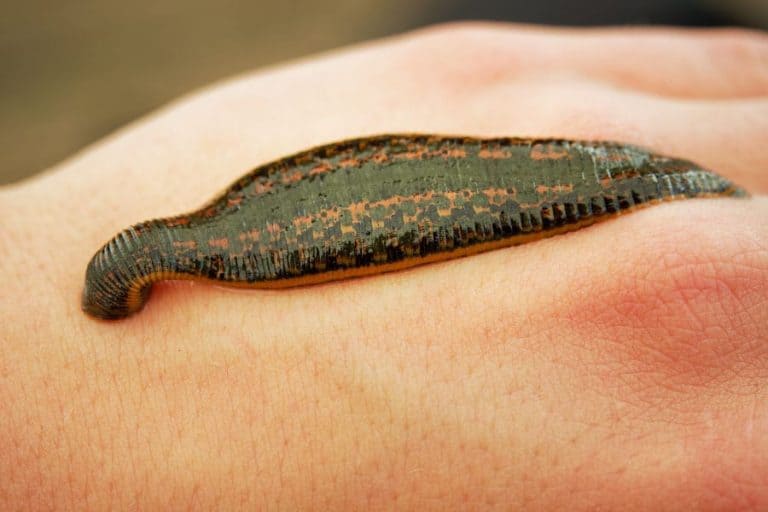Beehive
Keeping bees is a regular activity on a homestead, or even for preppers, but many people are not sure how to manage their beehives. There may be a misconception that since bees are wild animals, they can be left to their own devices, and they will happily produce honey that you can simply harvest periodically.
Beehives cannot be left alone but require active management and maintenance to keep your hives healthy and productive. Hives that are left to their own devices may last a few years, but at some point, the bees will abscond from the hive to find more suitable accommodation that better meets their needs.
Many people think that beekeeping does not require much management and maintenance in the same way that other livestock needs care and management. Bees are no different from any other livestock that you keep to provide food or a service for your homestead. Any animal that is being used in this way requires our care and attention to ensure they stay healthy, have a good life, and keep producing well for many years!
What Happens If A Beehive Is Left Alone?
A beehive is a colony or a community, if you will, where a hierarchy of individuals plays a role in keeping the colony healthy and sustainable.
Bee colonies populations grow and diminish depending on their needs and the season. A growing bee population needs space to grow to become a strong, healthy colony that can produce a lot of honey and have sufficient strength to fight off pests and predators that may infest or attack the hive.
Many people believe that bees build their combs in a structured manner, and they are orderly and geometric. This is only true if the bees have enough space in their enclosure, whether manmade or natural.
Once they start running out of space in their home, they will start to build comb for egg-laying or honey storage in every available space and in many awkward positions. These combs that are built any-which-way may be fine for a wild colony, but for a colony in a manmade beehive, it creates a mess that is difficult for the beekeeper to clean out and makes harvesting honey a messy and difficult activity.
Not only is an unmanaged hive difficult for the beekeeper to harvest from, but it is also difficult for the bees. As the numbers of bees expand, they need more space to house the growing number of bees. They also need additional storage space to store food in the form of honey and pollen for their expanding population.
There are several outcomes for your bee colony that can occur if a beehive is left alone and does not receive active management by a beekeeper. Most of these outcomes are the result of the bees running out of space in their current enclosure.
- Absconding of the bees. The bees will send out scouts to seek out more spacious accommodation and, once found, will simply swarm and move en-mass, queen, and all to the new location. This is often called absconding in beekeeping terms, and you basically lose the colony altogether. There are other reasons bees could abscond, but this lack of space is one of the top reasons for this occurrence.
- Swarming off of the bees. If the space in the hive gets too small for the colony, the workers will raise another queen in the hive, and once the queen hatches and matures, one queen will swarm off with a portion of the colony of workers to start a new colony in a new location. While this is the natural way that bee colonies multiply in the wild, the swarm left behind is weaker and less productive than the swarm was when it had large numbers.
- Multiple swarmings of the colony. In some instances, the colony may raise two or three new queens and split the colony several times in the space of a week or two, usually at the beginning of spring. Multiple swarmings reduce the mother colony by such a significant amount that the remaining colony is extremely weak and unable to fight off pests and predators effectively. This lowers the production of honey from the hive, and it may take two or three seasons for the colony to regains its former strength. I have seen instances where a colony has swarmed itself to extinction, where the mother colony was so decimated by the numbers of bees that left that it could not sustain itself and died out.

How Should A Beehive Be Managed?
As with any animal that is kept to produce something for humans needs to be cared for and managed, so to do bees if you want them to stay long term in your hives.
There are a number of tasks that a beekeeper needs to perform on a regular basis to keep his bee colonies happy, healthy, thriving, and productive on the homestead or wherever you keep your bees.
- Regular inspections of the colony. Regular inspections will give you a good understanding as to the health and wellbeing of the colony and what other management steps you need to take to protect your bees, conserve your bees and make life as easy as you can for your bees.
- Check for diseases and pests. These inspections will reveal if any diseases are taking hold in the colony and if any pests are plaguing your bees. If these problems are detected early, steps can be taken to medicate the bees or remove pests from the hive and give the colony a fighting chance to survive.
- Winter maintenance of the hives. This involves helping your bees prepare for winter by reducing the airspace in the hive by removing supers on the hive that were used for harvesting honey in the summer. The bee numbers in the colony naturally diminish in the winter, and it is a struggle for them to keep a large space in the hive warm enough to survive the winter. Reducing the space makes it easier for the bees to keep the space warm and thus for the colony to survive.
- Winter feeding of the bee colony. In some particularly harsh winters, or if you live in an area where there is not much food available for the bees in winter, you may need to feed them to get them through the winter. Many beginner beekeepers are not aware that this is an option, but it may make the difference between starting spring with a strong, healthy colony or one that is barely surviving and therefore won’t give you a good honey crop in the summer season.
- Spring maintenance on the hive. Spring maintenance is to help the colony prepare for growth and give them the space that they need to expand, and give them fresh frames if they need it in the brood box.
- Harvest management of the bees. The beehives will require maintenance during the summer season as the nectar production of the plants ebb and flow. In peak nectar times, you may need to add two or even three supers to allow you bees to make full use of the season and produce more honey, and give them room to make more workers. As the nectar flow ebbs and there is less need for the additional space, the extra supers will need to be removed to help the bees manage the internal condition of the hive appropriately and with minimal expenditure of energy.
Conclusion
Bees need to be managed as much as any other livestock that you are keeping on your property. This is not only to make sure that they give you a good harvest and produce well for you but also because it is nothing less your responsibility to look after any animal that is in your care, even bees.
It also helps the environment and the wild bee population if you can keep your colonies strong so that they can produce secondary colonies that will swarm off and release colonies into the wild, and the remaining colony stays strong and efficient.
Many people are unaware of how much work and management goes into keeping bees. While it is not daily work that is required, there are times when the work is crucial and must be performed timeously to ensure the health, growth, and continued strength of the colony and records kept regarding the maintenance, management, and production of each hive.


